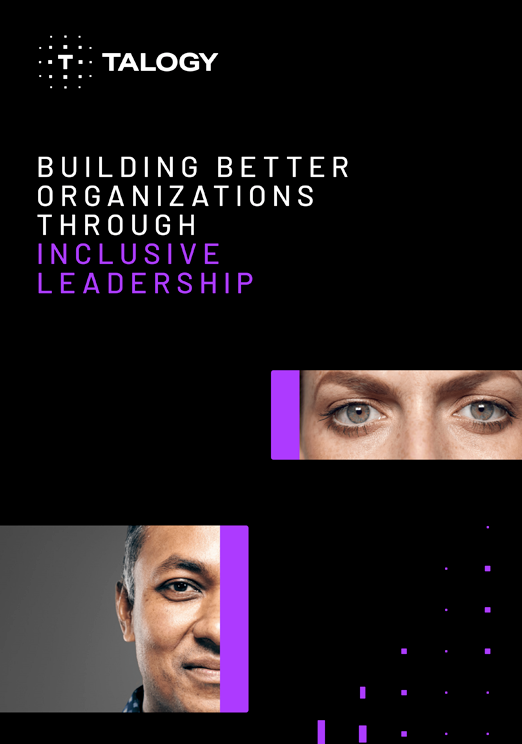A personality assessment is a small investment in the bigger scheme of things. You’re attempting to hire someone who will perform critical work for your organization, and once that person is on board, you will spend many thousands of dollars on salary, training, benefits, and career development. If an applicant’s motivations don’t line up with the job and, as a result, she ends up moving on or being terminated, the cost will be far greater than the slight outlay for a pre-employment evaluation.
But personality assessments do more than screen job applicants. Building upon what they reveal about an applicant’s motivations and performance inhibitors, they can also be used to develop customized behavior-based interview questions.
“Behavioral interviewing is shorthand for a style of interviewing that attempts to ascertain a close approximation of experience level, potential capabilities, and skill through a series of open-ended, behavior-focused questions,” says Richard McLellan, Ph.D., an I/O Psychologist and Organizational Development consultant with Caliper. “When used properly, it should give the hiring manager a sense of confidence about the hiring decision.”
Behavior-based interviewing has become a popular hiring tool in recent years because, Dr. McLellan adds, “It’s difficult for candidates to prepare scripted answers. Behavioral interviewing asks about situations, actions, and learning directly related to the job candidate’s efforts.”
For an example of how one would combine pre-employment assessments with behavioral interviewing, imagine that a management applicant’s assessment reveals low scores in performance competencies such as Planning and Priority Setting and Time Management, which raises concerns about her ability to oversee projects. Instead of asking, “How long have you been managing projects?” or “How many projects have you managed?” the hiring manager may be wiser to say, “Tell me about a long-range project you initiated or were assigned. What steps did you take to ensure the end result met organizational expectations?”
A detailed answer describing specific decisions and actions that led to a positive result would show, to an extent, that the applicant has learned how to compensate for her shortcomings. However, a vague response may indicate the applicant is taking personal credit for a team effort or that she depends too heavily on external guidance to manage projects.
To hiring managers who want to make best use of the behavioral interviewing method, Dr. McLellan suggests, “Start by preparing a set of questions focused on the key competency areas that drive success in your organization, and then identify behavioral anchors you can use to measure the applicant’s relative skill or experience.”
For example, if the applicant does not demonstrate—through her responses to behavior-based questions—adequate skill in a key competency area, the hiring manager may record a 1. A developing skill might receive a 2 and proficiency would receive a 3.
Dr. McLellan also recommends interviewing in pairs, with one interviewer asking questions and the other recording 1, 2, or 3 as appropriate. This enables the first interviewer to engage with the applicant and avoid becoming distracted by the scoring process. The ultimate benefit is increased objectivity and a relatively simple yet useful method of scoring each applicant. Just make sure to ask the same questions of each candidate interviewing for a given position.
The combination of pre-employment assessment results and behavioral interviewing is like the one-two punch a boxer uses to KO an opponent. Except that, in this case, everyone wins: You’ll bring in the person best suited for the job, and she’ll be motivated to perform well in a role that plays to her strengths.

